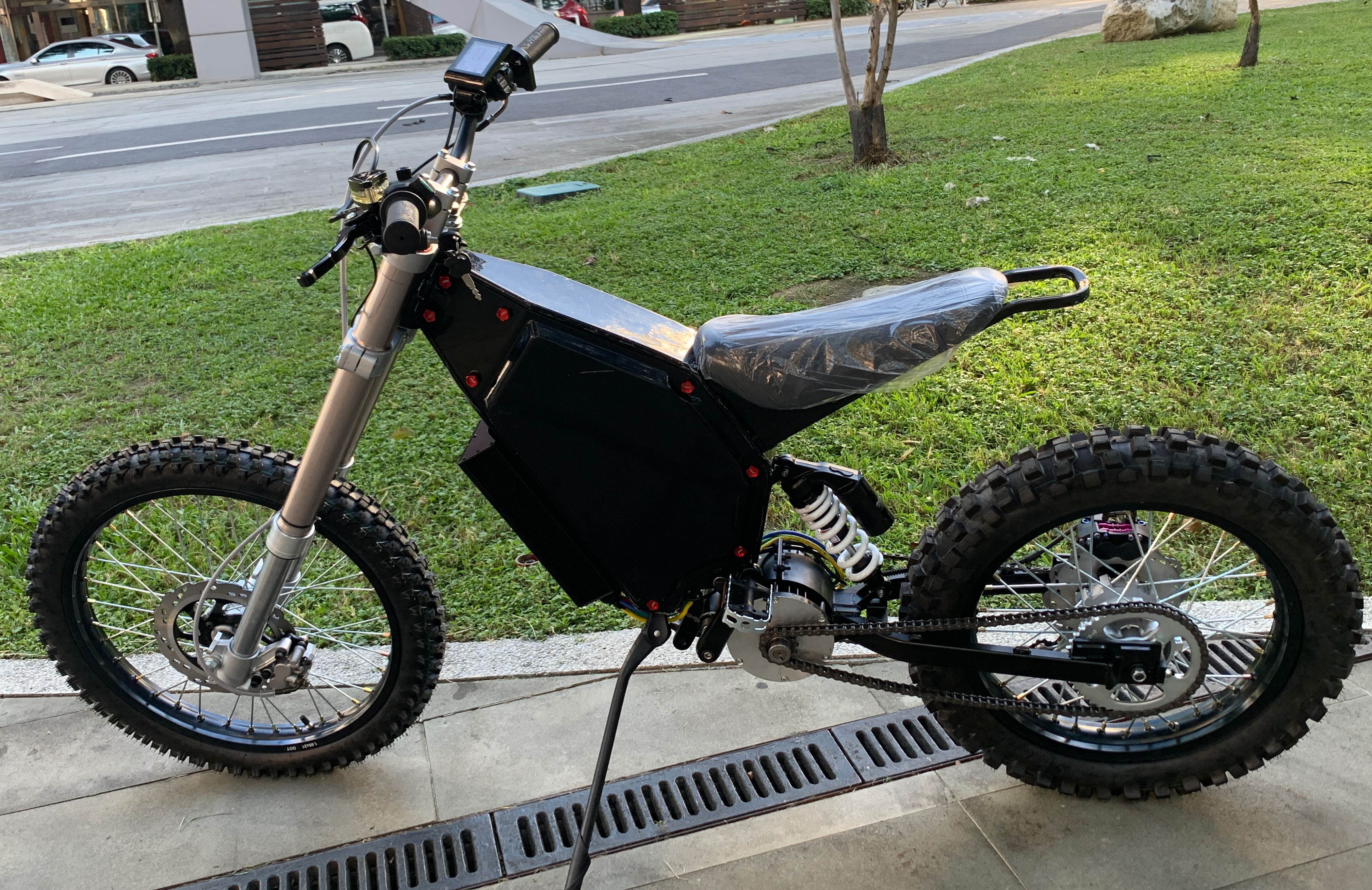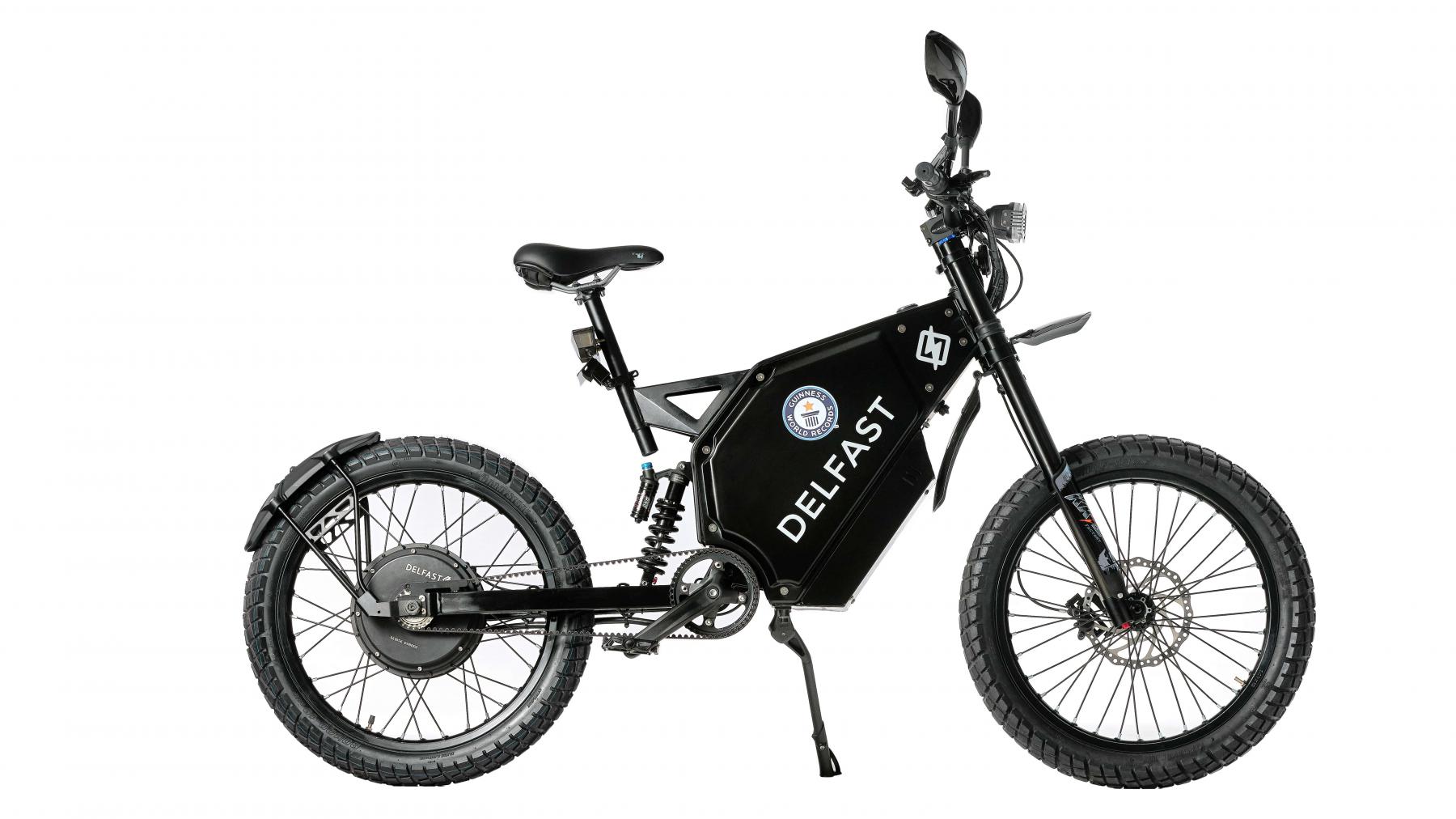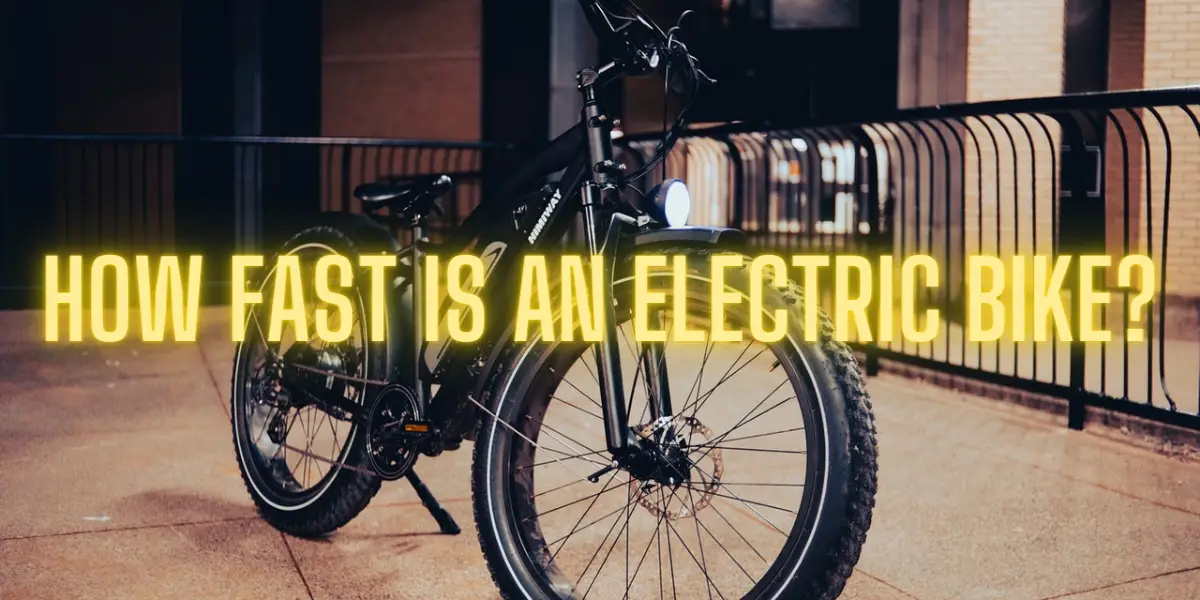How fast do electric bikes go? This is almost always the first question among would-be electric bike buyers. It’s an interesting question, but it kinda reminds me of myself whenever I want to buy a phone or a laptop? I’m always looking for specs and comparing RAM even though I won’t ever use up to 75% of the machine’s capacity.
How frequently will you ride your bike at the absolute limit? Rarely, if ever.
Anyhoo, let’s not get sidetracked. Back to the question, “How fast is an electric bike?” It’s a deceptively difficult question to answer. The question should be further broken down into:
- How fast can electric bikes go legally?
- How fast can electric bikes go physically?
How fast can an electric bike go legally?

Before we begin, it’s important to remember that your e-bike can go as fast as you can pedal. The following government restriction on electric bike speed are speed limits, after which the electric motor on the bike stops assisting you.
Most governments around the world regulate the maximum speed electric bicycles can travel. Many countries classify electric bicycles similarly to traditional bicycles. This is done for several reasons:
- Encourage electric bicycle adoption
- Reduce carbon footprint
- Reduce vehicular traffic
Because e-bikes are being classified similarly to bicycles, governments can’t allow electric bikes to go much faster. At higher speeds, the e-bikes become more dangerous and then require more skill to operate. In that case, governments would provide a lot more e-bike regulation, for example, more protective helmets, vehicle license plates, driving test requirements, and insurance etc.
Related post: Average cycling speed by age
US Electric Bicycle Classification

The US Federal E-bike law classifies electric bicycles into 3 categories; class 1, 2 or 3. Speed-wise, the maximum permitted speed on public roads for electric bicycles is 28mph. However, some popular electric bikes may go up to 32mph in “race track mode.”
Note: Using race track mode is only legal on private property in the United States.
To see your specific state law on electric bikes, use this US state electric bicycle law comparison spreadsheet.
Class 1 Electric Bike
Bicycle equipped with a motor that provides assistance to rider ONLY when pedaling (no throttle), and that stops assisting when bicycle reaches a speed of 20 miles per hour.
Class 2 Electric Bike
Bicycle equipped with a throttle that can propel the bike to a maximum speed of 20 miles per hour with the rider pedaling, and may also have the ability to reach 20 mph with the rider assisting, without the use of the throttle.
Class 3 Electric Bike
Bicycle equipped with a motor that provides assistance to rider ONLY when pedaling (no throttle), and ceases to provide assistance when bicycle reaches a speed of 28 miles per hour. Class 3 electric bikes are also known as “speed pedal-assisted electric bicycles or speed pedelecs.”
From the above, we see that the fastest an electric bike can go in the United States is 28 miles per hour. However, this speed limitation only exists on public roads and property. On private property, you can remove the limit on your ebike and go even faster; as fast as the electric bike can physically go.
Find out how to desrestrict an eBike
EU Electric Bike Classification

The EU legislation regarding electric bicycles is confusing to say the least. In addition, member states may maintain national rules different from the unified EU electric bicycle law.
Generally speaking though, the maximum speed permitted for an electric bike in the EU is 45km/h. However, based on different classifications, e-bikes may be limited to either 25km/h or 45km/h at the maximum.
I recommend you check this resource from Webbikeworld to find out specifics for your country.
In Europe, electric bicycles are classified as either L1e-A or L1e-B.
L1e-A Electric Bikes
Electric bicycles under this classification are referred to as “powered cycles” or “electric powered assisted cycle.” All electric bicycles with a maximum speed of 25km/h and maximum continuous rated power of 1kW (1000W) are L1e-A electric bikes.
These are bicycles equipped with a motor;
- which only assists when rider pedals,
- or a motor that propels the bicycle by itself
- Or a combination of both
These e-bikes are treated similarly to bicycles across most EU member states.
Recommended post: Do you still need to pedal an eBike?
L1e-B Electric Bikes
L1e-B electric bikes are referred to as “two-wheeled mopeds.” These electric bikes may be designed to operate at a maximum speed of 45km/h and a maximum continuous rated power of 4kW (4000W).
These electric bikes are treated similarly to mopeds/scooters across most EU member states.
How fast can an electric bike go physically?
Now, this is the most interesting question. All (well, most) electric bikes follow the government regulations and are speed limited. However, some electric bicycle manufacturers have programmed their bikes with a “race track mode.” At this preset, legal speed restrictions are removed.
Fastest Electric Bikes
To answer how fast electric bikes can go, we’ve conducted some market research and found these to be the fastest electric bikes by their listed top speed.
Note: In most countries, these electric bikes require more registration and tax due to their higher speed
- Cyclone Olympic: 93mph (150km/h)

At the very pinnacle of speed is the 20kw (20000W) Cyclone Olympic electric bike. This bike is manufactured by Cyclone Co. Ltd, a Taiwanese company. The Cyclone Olympic has a top speed between 74 – 93 mph (120 – 150km/h) and a range of 62 miles (100km). For the fastest e-bike on here, its price is relatively affordable, starting at $5,000.
- HPC 2020 Revolution X: 60mph (96km/h)

Coming in second is the HPC 2020 Revolution X, a USA made performance e-bike. It’s fitted with up to 7kW (7000W) electric motor. The Revolution X sports a top speed of 60mph (96km/h) and an impressive 100+ mile (160km) range. 0 – 30 mph in just 4.57 seconds. On HPC’s site, you can customize and configure your 2020 Revolution X to your exact specs. Pricing starts at $13,000. However, financing is available if you qualify.
- Delfast Top 3.0: 50mph (80km/h)

Even though the bikes above have a higher speed rating, the Delfast Top 3.0 is a world record holder in range. It’s my personal favorite on this list. It’s one-charge range is incredible. You’ll cover 200 miles (321km) on one full charge. That’s roughly the distance from Boston to New York City. Impressive! The Top 3.0 has a top speed of 50mph (80km/h). Delfast’s Top 3.0 is super versatile, capable of long distances, tough off-road terrain or just inner city commuting. The Top 3.0 is also very customizable on the company’s site and there’s also an option for financing if you qualify. Prices start at $5,999.
- Vector Vortex: 50mph (80km/h)

Starting at just $5,499, the German manufactured Vector Vortex electric bike is designed for off-roading. Tested in the Alps, the Vector Vortex can conquer any terrain. It’s top speed is listed at 50mph, equipped with a 10kW motor. It goes from 0 – 30 miles (50km) in under 3 seconds. It’s range is also impressive at 120+ miles on a single charge. The Vector Vortex charges from 0 – 100% in only 2 hours.
How fast does a 1000w electric bike go?
Another common speed question is “how fast is 1000w in mph?”. Provided similar conditions, a more powerful battery will always result in a higher speed. On average, a 1000w electric bike should yield a top speed of 35 miles per hour. According to Delfast, the general rule of thumb is:
- 250W electric motor produces 20mph
- 500W electric motor produces 25mph
- 750W electric motor produces 28mph
- 1000W electric motor produces 35mph
- 1500W electric motor produces 40mph
These speed results are based on riding on level or flat terrain.
Fastest electric bike
And the award for fastest electric bike by Forbes goes to the Delfast Top 3.0. Oddly, it also holds the Guinness world record for the greatest distance travelled on an electric-motorised bicycle on a single charge. Whew, that was a mouthful. Curious to know the distance? It covered 228 miles (367km).
However, the Cyclone Olympic is the fastest electric bike we found. It’s listed top speed is at least 74 mph, which is higher than the Delfast Top 3.0 at 50mph.
Related post: See the many benefits of electric bikes
Things to consider when getting a faster electric bike
Here’s a few simple things to keep in mind when getting a faster e-bike. These considerations are not always true, but they mostly are.
- Faster speed = larger battery
On balance, a faster electric bike holds a larger battery. This larger capacity battery will usually take up more space and weight on your bike.
- Larger battery = higher purchase price
A higher capacity motor leads to an increase in cost of your electric bicycle.
- Larger battery = heavier bike
As stated before, more electric capacity usually means larger battery, which often means more weight is added to your e-bike.
- Larger battery = higher energy cost to charge
A bigger battery may require more energy to fully charge. This extra energy requirement also increases the maintenance cost of the electric bike.
- More energy required = longer charge time
A bigger battery may require more energy to fully charge and thus, take a longer time to completely charge.
NOTE: These assumptions are not always true.
CONCLUSION
Don’t get me wrong, there’s nothing better than pushing a bike and yourself to the limit, but you might want to consider the day-to-day implications (comfort, maintenance cost, weight etc.) of having a faster electric bike. A faster bike usually costs more to buy and maintain. Just my two cents.
Thanks for reading. Cheers! Still curious about eBikes? Learn how much eBikes weighs? Hint: heavy or show your current bicycle some love by learning how to remove rust from your chain.


